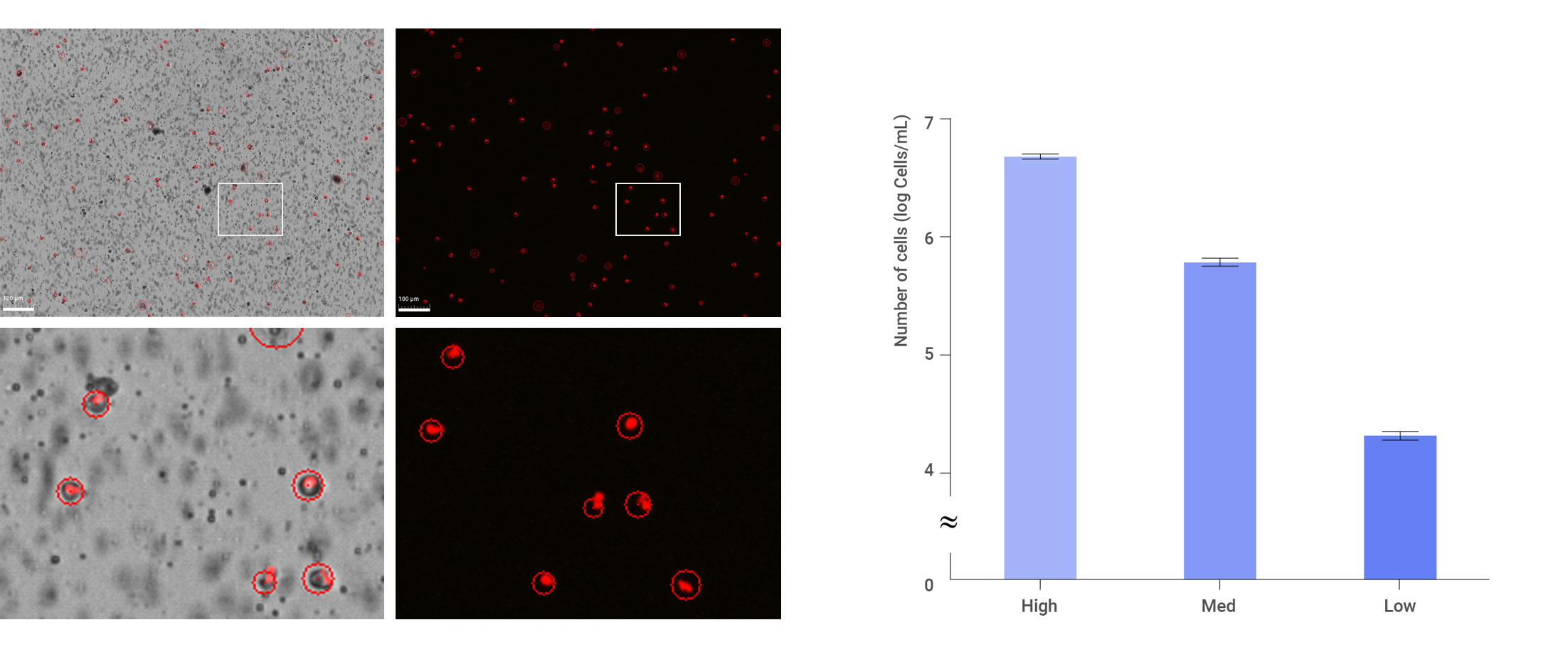Somatic cell counting is a procedure that measures the number of somatic cells present in milk. Somatic cells, which are primarily white blood cells, signify the body’s response to infections, with the majority in milk coming from the mammary gland. The practice of counting these cells is fundamental in dairy industry, where it acts as a benchmark for milk quality and the health of dairy animals.
The story of somatic cell counting begins in the early 20th century when the dairy industry started recognizing the importance of milk quality. Initially, somatic cell counting was not a routine practice. The focus at that time was more on the number of bacterial cells as indicators of milk quality and safety. However, as knowledge and understanding of mastitis (a common and costly disease affecting dairy cows) improved, researchers and dairy scientists began to see the correlation between somatic cell counts (SCCs) and the health status of the mammary gland.
By the 1950s and 1960s, with the advancement of microscopy and the development of new laboratory techniques, it became possible to count somatic cells in milk more accurately. Scientists started to use direct microscopic somatic cell count (DMSCC) as a standard method. This period also saw the establishment of the first guidelines and standards for SCC in milk, marking the beginning of regulatory interest in somatic cell counts as a metric for milk quality and animal health.
The 1970s marked a significant turning point with the introduction of the automated somatic cell counting method, such as flow cytometry. This method provided faster, more accurate counts than manual microscopic examination, facilitating more widespread and routine use of SCC testing in the dairy industry.
During the 1980s and 1990s, many countries began to implement specific regulatory standards for SCC in milk. The European Union, the United States, and other regions established maximum allowable SCC limits for milk intended for human consumption. These regulations were not only aimed at safeguarding public health but also at improving animal welfare by encouraging better management practices to prevent and control mastitis.
Today, flow cytometry represents the gold standard in somatic cell counting. This technology, capable of analyzing thousands of cells per second, offering rapid results that are crucial for timely decision-making in dairy herd management. This method reduced human error associated with manual counts and provides consistent, repeatable results, and replaced old direct microscopic method (DMSCC) completely.
However, the initial investment for a flow cytometer is very high, making it less accessible for smaller operations or in regions with limited resources. Also, operation of the flow cytometer requires specialized training and knowledge, posing a barrier to widespread adoption. To ensure accuracy of the flow cytometer, careful maintenance and routine calibration is necessary, which can be time-consuming and costly.
Alongside flow cytometry, other automated systems have been developed, utilizing automated imaging techniques to offer rapid and reliable somatic cell counts. These new imaging-based somatic cell counting technologies can be seen as an automated version of the Direct Microscopic Somatic Cell Count (DMSCC) method, which has long been considered the gold standard. They offer the advantages of improved accuracy and usability, making them readily acceptable to the dairy industry. Today, portable and on-farm SCC testing devices allow for immediate and frequent monitoring of somatic cells, enabling dairy farmers to make quick decisions regarding the management of their herds. Modern systems integrate SCC data with other health and productivity indicators, facilitating comprehensive herd management approaches that optimize both animal welfare and milk quality.
The LUNA-FX7™ is an automated cell counter that brings unprecedented precision and efficiency by leveraging cutting-edge imaging and analysis technology. The LUNA-FX7™ have offered a rapid, reliable, and user-friendly solution for detecting and quantifying various cell types. Considering the success of the LUNA-FX7™ in counting various cell types, it is reasonable to assume it can also perform fast and accurate somatic cell counting in milk.
According to a recently published application note the LUNA-FX7™ demonstrated exceptional accuracy in distinguishing somatic cells from debris, and showed the strong correlation in SCC results compared to those obtained from traditional flow cytometry-based counters.
Considering the advantages of the LUNA-FX7™ over flow cytometry, such as significantly lower initial investment and counting costs, its small footprint allowing for easy installation and operation in small-scale testing labs or farms, and the fact that it doesn’t require a specialized operator, it is expected that the LUNA-FX7™ will make a significant contribution to the dairy industry in performing somatic cell counting.
Somatic cell counting plays a crucial role in maintaining high standards in the dairy industry and beyond. Through continuous improvement and technological innovation, its applications and significance are set to expand, enhancing quality control and safety measures across diverse fields.
For full application note for somatic cell counting using the LUNA-FX7™, visit https://logosbio.com/application_notes/somatic-cell-counting-using-the-luna-fx7-automated-cell-counter/
For more information about the Logos Biosystems products, visit https://logosbio.com/









